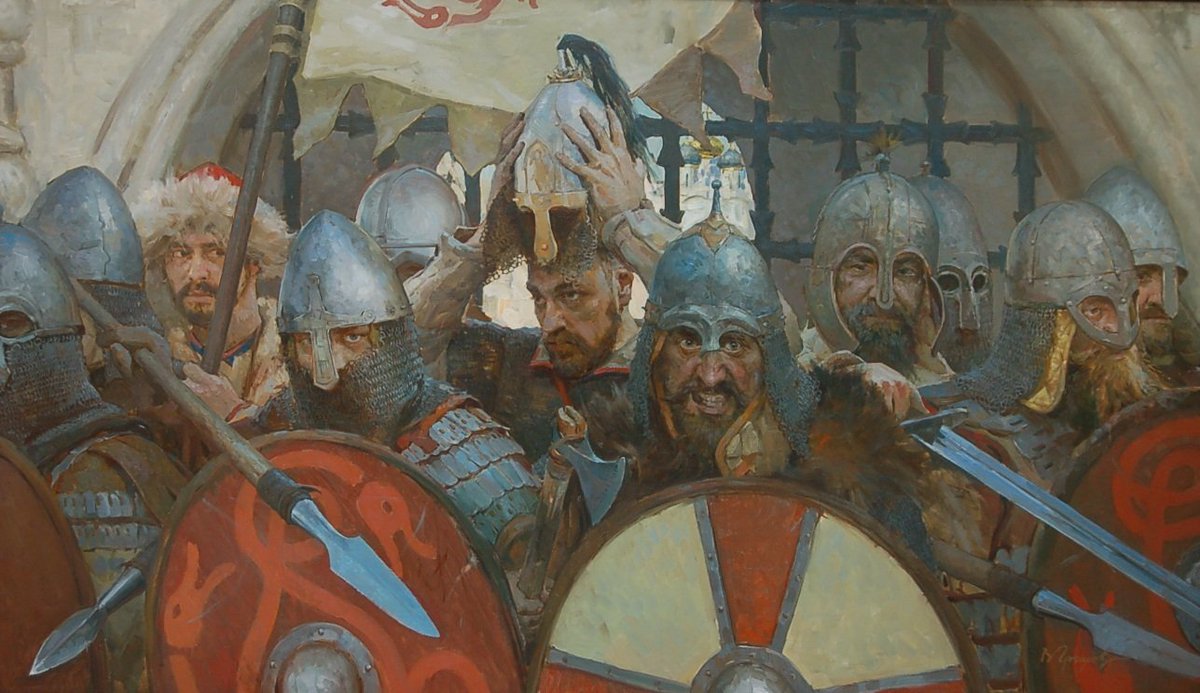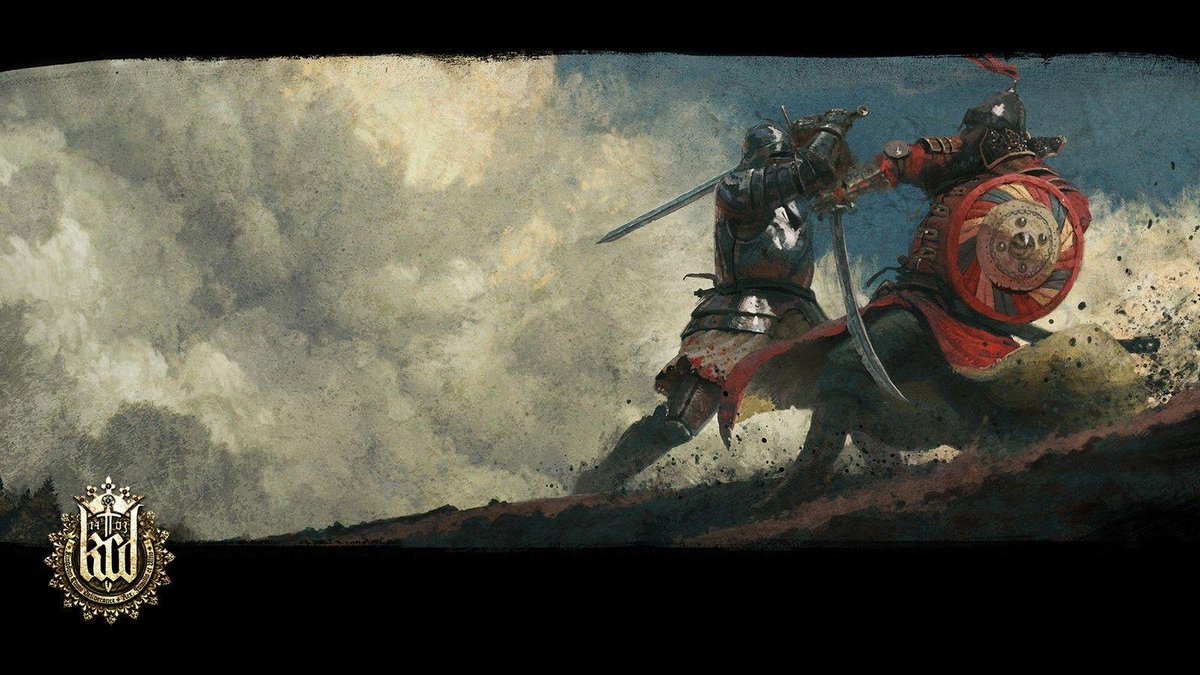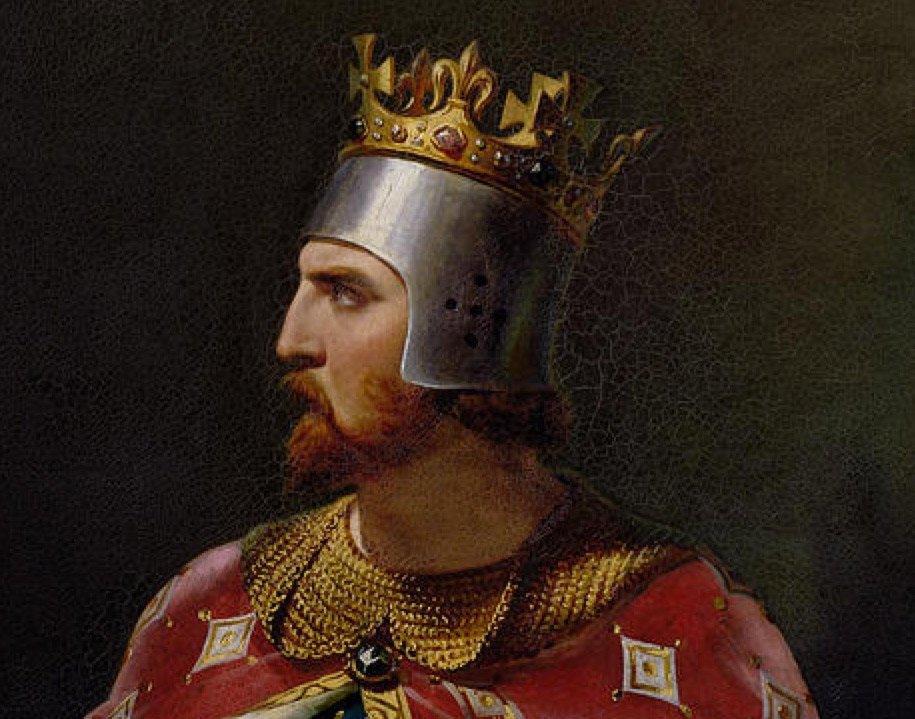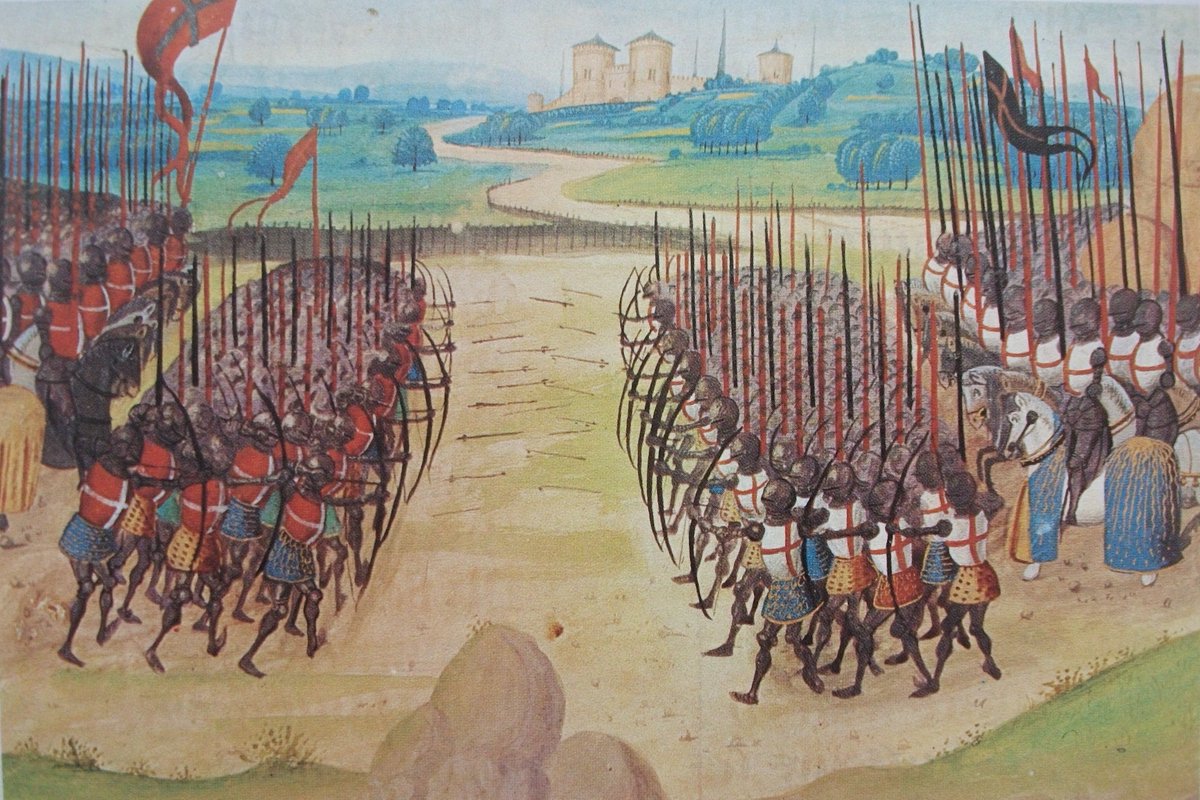Today I would like to take a deeper dive into a unit I briefly mentioned during my thread on King Harald Hardrada, the Varangian Guard.
This legendary unit of elite warriors hails from the Byzantine Empire, and would come to be known as the Vikings of Byzantium. 🧵 https://t.co/zR4H5lxqtJtwitter.com/i/web/status/1…

This legendary unit of elite warriors hails from the Byzantine Empire, and would come to be known as the Vikings of Byzantium. 🧵 https://t.co/zR4H5lxqtJtwitter.com/i/web/status/1…

The Varangian Guard was founded in the 10th century by Emperor Basil II. Drawn by the promise of adventure, gold and glory these Norsemen and Rus warriors left their Scandinavian homelands and journeyed to Constantinople, known to the Norse as Miklagard or "The Great City". 

The Byzantines had adopted the services of many mercenary groups, they would be organized by the empire under an umbrella called The Hetaireia. These were soldiers directly paid by the Emperor and as a result, directly tied to his bodyguard. 

Because they were directly tied to the Emperor's personal payment, they would in theory be the most loyal, as they are charged with protecting the very person who pays them. 

The Byzantines had a history with The North, Scandinavia being a large source of livestock, fur and amber.
From the 9th and 10th centuries. The Byzantines would sign treaties with the lands of the Kievan Rus. In 874, a treaty obligated the Rus to provide soldiers for service.
From the 9th and 10th centuries. The Byzantines would sign treaties with the lands of the Kievan Rus. In 874, a treaty obligated the Rus to provide soldiers for service.

In the year 988, Emperor Basil II requested military aid from Grand Prince Vladimir I. Vladimir would send 6,000 of his soldiers to the Byzantines, in exchange for Emperor Basil's sister's hand in marriage, as well as agreeing to convert to Christianity. 

Thus the Varangian Guard was born, an elite unit of hulking Northern soldiers who would protect the Emperor with their lives. Watching him 24/7, and never leaving his side. 

The name "Varangian" roughly translates to "sworn companion" in old Norse. Varangian guardsmen would come from many different walks of life, but all came from the North.
The Byzantines would simplify it by lumping these various groups together, and naming them "Varangians".
The Byzantines would simplify it by lumping these various groups together, and naming them "Varangians".

From the words of Harald Hardrada's saga:
"Bleak gales lashed prows hard along the shoreline. Iron shielded, our ships rode proud to the harbor. Of Miklagard, our famous prince first saw the golden gables. Many a sea-ship, fine arrayed. Swept through the high walled city."
"Bleak gales lashed prows hard along the shoreline. Iron shielded, our ships rode proud to the harbor. Of Miklagard, our famous prince first saw the golden gables. Many a sea-ship, fine arrayed. Swept through the high walled city."

This tale caused an infatuation with Constantinople among the men of the North. Men seeking glory and riches journeyed to the Byzantine capital in droves. Seeking to become members of this elite unit. 

The men who would journey to Constantinople came typically in their own units, these units would be kept together once in the service of the Empire. Possessing their own commanders, keeping the bonds they had with one another. 

Employment in the Varangians had three main forms.
The sailing Varangians would be essentially the Byzantine's coast guard, they would attack pirate vessels and be allowed to keep whatever they took from the ships, with only a small tithe being owed to the Emperor.
The sailing Varangians would be essentially the Byzantine's coast guard, they would attack pirate vessels and be allowed to keep whatever they took from the ships, with only a small tithe being owed to the Emperor.

The Varangian mercenaries, were the main land units of the Varangians. They would be deployed as shock troops in areas where fighting was most vicious. Renowned for unshakable loyalty and resolve.
For this they were given the right to loot any plunder they desired first.
For this they were given the right to loot any plunder they desired first.

The last of the three were the Varangians of the City. This was the most prestigious position of employment. Being paid high amounts of loot, and salary. They were paid approximately 30 - 40x the monthly wage of an unskilled worker. 

The primary weapon used by the Varangians were their axes. Large two handed weapons that would be by their side for so long that they would be nick named the "axe-bearers". 

The Varangians also used swords, spears, javelins and even an old Roman pole arm weapon with a curved scythe blade known as the rhomphaiai.
All weapons aside from their axes and swords were provided by the Byzantines. The axes and swords came from their homelands.


All weapons aside from their axes and swords were provided by the Byzantines. The axes and swords came from their homelands.


The Varangians were heavily armored soldiers, wearing the best ringmail, lamellar and scale armor offered by the Empire. Initially the shields used were round, like the ones they used back home, but by the 11th century they employed longer kite shields. 

In the early 11th century, the Byzantine Empire faced threats from the Kievan Rus, who had established trade and diplomatic relations with the Byzantines. However, tensions escalated, leading to a large-scale Rus raid on Constantinople in 1043. 

The Varangian Guard, formed a critical part of the Byzantine defense forces. Emperor Michael IV, aware of their legendary combat skills and loyalty, relied on them to protect the capital against the Rus onslaught. 

The Varangian Guard proved their might in the defense of the city. With their exceptional combat skills and fearlessness, they repelled the Rus invaders, inflicting heavy casualties and preventing them from making a successful landing and advancing further into the city. 

The Varangian Guard's success in 1043 further solidified their status as a legendary fighting force within the Byzantine Empire. Their reputation as formidable warriors and loyal protectors of the Emperor continued to attract recruits from Scandinavia and the Rus lands. 

As the Byzantine Empire weakened over the centuries, the Varangian Guard faced challenges. The Fourth Crusade dealt a severe blow, sacking Constantinople in 1204. Despite the turmoil, the Guard persisted until the fall of Constantinople in 1453. 

The Varangian Guard left an indelible mark on both Byzantine and Viking history. Their legendary exploits continue to inspire awe and admiration among historians and enthusiasts alike, a testament to their warrior spirit and unyielding loyalty. 

• • •
Missing some Tweet in this thread? You can try to
force a refresh

 Read on Twitter
Read on Twitter





















